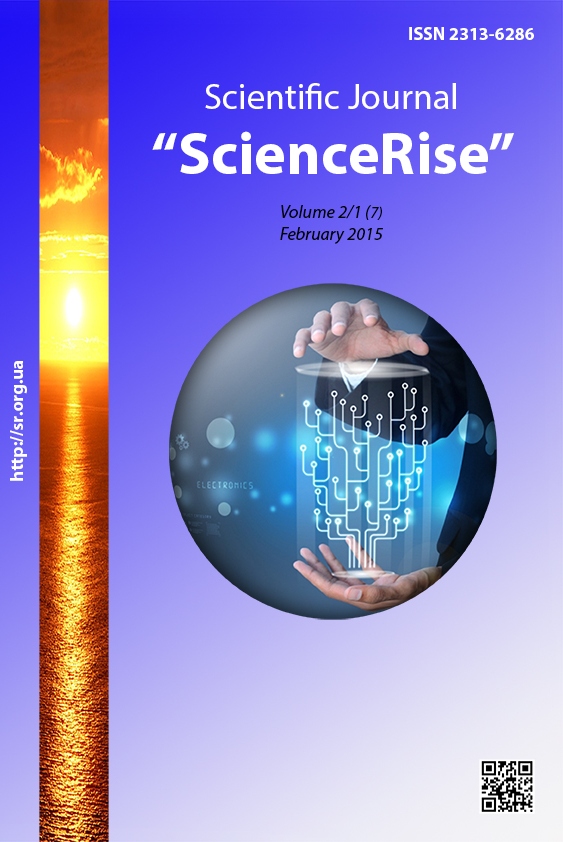Applicability of the theory of non-coercive influence in military counterintelligence
DOI:
https://doi.org/10.15587/2313-8416.2015.37460Keywords:
special information operations, military counterintelligence, theory of non-coercive interactionAbstract
The paper analyzes the possible application of the theory of non-coercive interaction in the military counterintelligence. The purpose of this application is to ensure national security, which is aimed at countering adequate real and potential threats that arise or may arise as a result of intelligence and subversive activities of foreign special powers (intelligence, counterintelligence), non-intelligence and counter-intelligence agencies, organizations and individuals
References
Nye, J. S. Jr, Owens, W. A. America’s; Lloyd, R. M. (coursedirector); Bartlett, H. C. et. al. (1996). Informationedge. Second edition. StrategyandforceplanningFaculty, NationalSecurityDecisionMakingDepartment, NavalWarCollege, 630–648.
The Law of Ukraine on basics of national security of Ukraine (2003), [Zakon Ukrainy pro osnovy natsionalnoi bezpeky Ukrainy], Vedomosti Verkhovnoi rady Ukrainy, 39, st. 351.
Counterintelligence Security Service of Ukraine. Аvailable at: http://schoollib.com.ua/pravoznavstvo/1/554.html
Sun, Tszyi (1995). About War. [O Voyne], Sinology, Moscow, Ladomir, 28.
FM 33-1, Defense and Security Intelligence and Analysis: IHS Jane's, Available at: http://www.janes.com/
Johnson, L. S. A Major Intelligence Challenge. Toward a Functional Model of Information Warfare. Impact of Information Technology. Аvailable at: http://www.janes.com /FM 33-1.
Teslya, Y. U. (2010). Introduction to computer science-Nature. Мclaut, 255.
Law of Ukraine On counterintelligence activities (2003). Supreme Council of Ukraine (SC), 12, 89.
Law of Ukraine Security Service of Ukraine (1992). Supreme Council of Ukraine (SC) , 27, st. 382.
Downloads
Published
Issue
Section
License
Copyright (c) 2015 Юрій Миколайович Тесля, Микола Богданович Кубявка, Любов Богданович Кубявка

This work is licensed under a Creative Commons Attribution 4.0 International License.
Our journal abides by the Creative Commons CC BY copyright rights and permissions for open access journals.
Authors, who are published in this journal, agree to the following conditions:
1. The authors reserve the right to authorship of the work and pass the first publication right of this work to the journal under the terms of a Creative Commons CC BY, which allows others to freely distribute the published research with the obligatory reference to the authors of the original work and the first publication of the work in this journal.
2. The authors have the right to conclude separate supplement agreements that relate to non-exclusive work distribution in the form in which it has been published by the journal (for example, to upload the work to the online storage of the journal or publish it as part of a monograph), provided that the reference to the first publication of the work in this journal is included.

